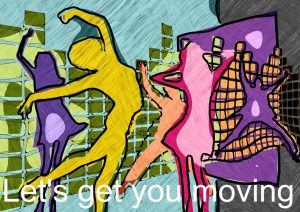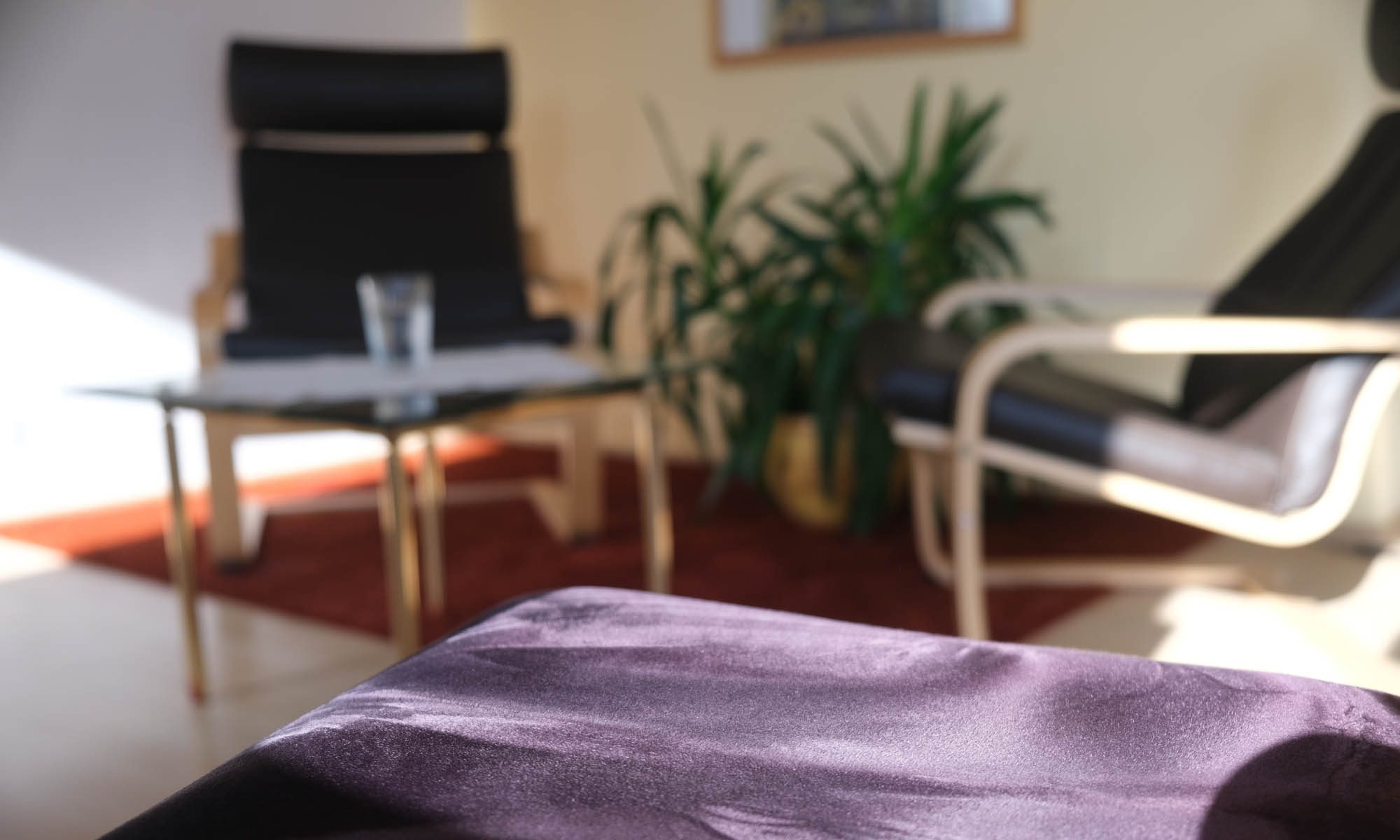The Sun Child Within You
The Sun Child Within You – Rediscovering Self-Love, Lightness and Joy.
This is the subtitle of the book The Sun Child Principle, which I’ll introduce to you in just a moment. Let yourself be inspired to awaken your inner Sun Child and invite more ease and joy into your life.
When Lightness Gets Lost
In the hustle and bustle of life, we often lose our sense of lightness. We take on responsibilities at work, care for family and parents, navigate stress and challenges. Even in our free time, we rush from one commitment to the next or work on self-improvement—whether it’s our body, mindset, or sports techniques. And before we know it, we’re just functioning, stuck in duty mode. Without even noticing, our lightness fades away. And with it, our joy for life.
There are countless books about the wounded inner child, but what about the Sun Child?
The Sun Child Within You
“Beyond all childhood wounds and traumas, there is a part of each of us that is vital, creative, playful, spontaneous, and full of energy—the Sun Child. When we rediscover and nurture this positive part of our ‘inner child,’ we hold the key to healing and happiness. In this state, we exist purely in the present moment, we are at peace with ourselves, and we can truly enjoy life.”
From The Sun Child Principle by psychologist Julia Tomuschat—a book offering psychological insights and practical tips for activating your Sun Child. (Available only in German, as far as I know.)
What If Our Childhood Wasn’t a Happy One?
Before we dive into some tips on how to reconnect with our Sun Child, there’s an important question:
“What if our childhood wasn’t a happy one?”
Your Sun Child loves connecting with your childhood. But not every childhood is joyful. Here’s a quote from The Sun Child Principle:
“It is never too late for a happy childhood… Even neuroscience supports the idea that change is possible later in life—if we open ourselves to new paths.” (p. 86)
Julia Tomuschat also references neuroscientist Dr. Gerald Hüther:
“Neuroscience shows that at any point in our lives, we have the ability to reshape ourselves by breaking free from old motor, sensory, or emotional patterns—by learning to see, feel, or act differently than we have before.” (Hüther in Storch et al., 206, p. 92)
It’s encouraging to know that change is always possible. Sometimes, we just need the right support—whether through therapy, coaching, or training. You’ll find some options at the end of this blog post.
A Question of Mindset
Our inner attitude—our core mindset—plays a crucial role. We can’t simply summon lightness on command if we take life and ourselves too seriously. But that doesn’t mean living superficially. It’s about putting things into perspective:
- What truly needs my attention?
- And where can I let go and ease up a little?

Our Brain Loves the Absurd
Our brain enjoys thinking in a playful and absurd way—and this applies to learning too. We remember extraordinary things much more easily.
Amid life’s daily struggles, how can we invite lightness into our lives so that our Sun Child feels at home?
Discover the playful side of yourself in all sorts of moments—and most importantly, give your Sun Child space! Don’t take yourself too seriously, and embrace the joy of laughing at yourself. It makes you more likeable and is wonderfully liberating!
I came across a powerful line in Psychologies magazine (January 2025):
“When we are in ‘play’ mode, we are less concerned about making mistakes, and our minds are more open to creative solutions.”
As children, we instinctively knew how to do this. As adults, we have to relearn it. But fortunately, we’ve never completely lost it, as this quote reminds us:
“The heart remains a child.” – Theodor Fontane (writer, journalist & critic)

So, let’s get started!
Ideas for awakening your Sun Child:
-
An exercise from my English coaching sessions, which I also use in corporate training: Alternative use of an object. Look around your desk, pick an item, and give it a new purpose. One participant chose a face mask and repurposed it as an eye mask for office naps—or alternatively, as a hammock for her Snoopy. She demonstrated it brilliantly! 🙂
-
A game I love playing in my English & resilience training sessions: Three participants each say a syllable—for example, Ro – Sa – Ly. Another participant acts as an expert and spontaneously explains the meaning of the word. One participant described Rosaly (Ro-Sa-Ly) so convincingly that we were all hanging on her every word.
-
A long-time family tradition on road trips: We create sentences from the number plates of cars in front of us. Example: F-LP – “Feast on lovely plums.”
→ Note: You can also play this game on your own.
-
Put on some upbeat music and dance! (Suggestions: “Happy” – Pharrell Williams, “I’m So Excited” – The Weather Girls, “Move in the Right Direction” – Gossip.)
-
Shake it off! I often shake and wiggle away stress, brush it off, and bounce on the spot—it’s incredibly stress-relieving.
→ Movement (embodiment) works wonders.
-
Just for fun: A few years ago, we spent an afternoon in an English tearoom drawing. The idea, of course, came from my family—who are all talented artists. I, on the other hand, have exactly zero drawing skills. But we had so much fun! Sometimes, the most freeing thing is doing something with no ambition and no talent at all. 🙂
-
Skipping—remember that? I used to love skipping as a child.
-
Puzzles—there are some beautiful designs out there!

Applied Improvisation
Let me start with a quote from the Irish Independent:
- Improv is almost like yoga for life.
Feeling as though she had begun ‘sleepwalking through life’, one writer decided to shake things up by signing up for improv classes. Not only did an immersion in the quick-thinking theatre world leave her feeling brave and creative, it also gave her new skills for wider life.
This quote perfectly illustrates how improvisation can not only boost creativity and courage but also help us develop valuable life skills. In my work as a trainer and coach, I use applied improvisation to foster exactly that—helping people communicate more freely, navigate challenges, and create stronger connections in everyday life.
Improvisation gives us the freedom to act spontaneously, trust ourselves and others, and embrace mistakes as part of the learning process. It creates space for new perspectives, creativity, and lightness in life.
Curious?
If this topic resonates with you and you’d like to explore it further:
Would you like to hear more? I’d love to connect!
If you enjoyed this post, feel free to share it on social media. And if you’d like my articles delivered straight to your inbox, you can sign up for my newsletter.
 Kreativ Englisch lernen – Video
Kreativ Englisch lernen – Video



